Press Release: Veritas Press C.I.C.
Author: Kamran Faqir
Article Date Published: 13 Aug 2025 at 19:16 GMT
Category: Middle East | Palestine-Gaza | US-Israel At War
Source(s): Veritas Press C.I.C. | Multi News Agencies
A Day Of Relentless Killing:
Gaza City – Israel’s latest escalation in northern Gaza has produced one of the bloodiest single-day tolls in weeks, killing at least 123 Palestinians and injuring more than 437 since dawn, according to Gaza’s Ministry of Health. Entire neighbourhoods in Beit Hanoon, Beit Lahiya, Jabalia al-Balad, and the Jabalia refugee camp were pounded by artillery and air strikes, leaving streets choked with rubble, twisted metal, and the smell of bodies trapped beneath collapsed buildings.
Medical sources told Al Jazeera Arabic that 21 of the dead were civilians waiting for humanitarian aid. One medic at Al-Shifa Hospital, speaking under condition of anonymity due to fears of Israeli reprisals, described the aftermath of one strike as “indistinguishable carnage.”
“We couldn’t tell who was who, bodies without limbs, children without faces. They were just waiting for food,” he said.
Starvation As A Weapon:
The strikes came amid an escalating famine. The Health Ministry confirmed that eight people, including three children, died from hunger in the last 24 hours, bringing the total number of starvation-related deaths to 235, including 106 children.
Juliette Touma, Communications Director at UNRWA, warned in a televised interview that “one in five children in Gaza are now malnourished, and starvation is spreading very fast.” She accused Israel of “deliberately blocking” aid convoys and reiterated calls for an immediate ceasefire.
Gazan father Youssef Abu Hassan, whose seven-year-old daughter died of malnutrition in Beit Lahiya last week, told Middle East Eye:
“They kill us with bombs if we move, and they kill us with hunger if we stay. Which death do they want for us?”
The Collapse of Gaza’s Medical System:
The bombardment has also crippled Gaza’s already decimated healthcare network. UN human rights experts have described the systematic targeting of hospitals, doctors, and ambulances as “medicide”, the intentional destruction of a population’s medical lifeline.
At Al-Awda Hospital in northern Gaza, staff say they are out of antibiotics, fuel, and anaesthetics. A senior surgeon told The Guardian:
“We’re amputating children’s limbs without painkillers. This is medieval. And it’s deliberate.”
The crisis is compounded by a new public health catastrophe. Research published in The Lancet Infectious Diseases this week shows that two-thirds of over 1,300 recent samples from Al-Ahli Hospital contained drug-resistant bacteria, a direct consequence of overcrowding, poor sanitation, and the inability to import essential medicines.
Dr. Ghassan Abu Sitta, a British-Palestinian surgeon who has worked in Gaza, warned:
“This will kill more people in the long term than the bombs if nothing changes.”
Massacres Of Aid Seekers:
Several of Wednesday’s deadliest incidents targeted civilians queuing for food. In Rafah, medics at Nasser Medical Complex confirmed that Israeli forces shot dead 13 Palestinians at an aid distribution point. In Gaza City, the Abu Hunaid family lost seven members, including five children, when Israeli shells hit their tent in Tal al-Hawa.
The Quds News Network reported another massacre in the Saftawi area, north of Gaza City, where seven more were killed while guarding an aid convoy.
B’Tselem, the Israeli human rights group, condemned the repeated targeting of aid seekers as “a war crime in plain sight.” Its spokesperson said:
“These killings are not accidents; they are part of a calculated policy to use hunger as leverage.”
Journalists Targeted:
The intensification comes days after the killing of six journalists, including veteran Al Jazeera correspondent Anas al-Sharif, near al-Shifa Hospital. His last video message, “Don’t forget Gaza, even if they silence me”, has since gone viral.
The International Federation of Journalists says 186 media workers have been killed since October 2023, calling it “the most dangerous conflict for journalists in modern history.”
Netanyahu’s Expansionist Rhetoric:
Even as the death toll mounts, Israeli Prime Minister Benjamin Netanyahu doubled down on his “Greater Israel” vision, which includes annexing not only all Palestinian territories but parts of Egypt, Jordan, Syria, and Lebanon. Jordan’s foreign ministry condemned the comments as “a dangerous and provocative escalation” and a “clear violation of international law and the UN Charter.”
Sufyan Qudah, Jordan’s foreign ministry spokesperson, told reporters:
“Such rhetoric is not mere words; it signals intentions for further destabilisation and ethnic cleansing.”
International Paralysis:
Despite mounting condemnation, including a rare joint statement from 25 foreign ministers urging an “unhindered flood” of humanitarian aid, there has been no concrete international intervention. The International Court of Justice continues to investigate Israel for genocide, while the International Criminal Court has outstanding arrest warrants for Netanyahu and other senior officials, warrants Israel has dismissed as “politically motivated.”
Omar Shakir, Israel-Palestine Director at Human Rights Watch, argued:
“The world is watching live-streamed atrocities yet remains frozen by political cowardice and the shield of US diplomatic protection.”
The Bigger Picture: War Without End.
Since October 7, 2023, following a Palestinian resistance attack in southern Israel, Israel’s military campaign has killed more than 154,000 Palestinians, wounded 377,000, and left 20,000 missing under rubble. Entire urban areas have been erased. Aid agencies warn that without an immediate and sustained ceasefire, Gaza could become “a graveyard for an entire generation.”
Political analyst Diana Buttu told Al Jazeera:
“This isn’t just about military objectives, it’s about erasing Palestinian life in Gaza, socially, economically, and physically.”
Conclusion: A War Engineered To Break Gaza Beyond Repair.
What unfolded in Gaza today, mass killings of aid seekers, the starvation of children, the obliteration of hospitals, and the targeting of journalists, is not the chaotic by-product of war, but the deliberate architecture of a policy that has been steadily executed since October 2023.
The data tells its own story: over 154,000 Palestinians killed, 377,000 injured, 235 dead from starvation, 1,859 slain while seeking aid. These are not incidental losses; they are the predictable outcomes of a siege and bombardment strategy designed to collapse the social, medical, and economic fabric of Gaza.
Rights groups, from B’Tselem to Human Rights Watch, have repeatedly pointed out that the patterns are systematic:
- Aid lines are struck again and again, often in the same locations.
- Medical facilities are hit with precision, not by accident.
- Civilian infrastructure is levelled, making recovery impossible even if the bombs stopped tomorrow.
The Israeli government continues to frame these operations as necessary security measures, but the statements from senior officials, from Netanyahu’s “Greater Israel” vision to his rejection of any Palestinian governance in Gaza, reveal an ambition far beyond neutralising armed groups. As Jordan’s foreign ministry warned, this rhetoric is “a dangerous and provocative escalation” that signals intent to redraw borders and forcibly alter demographics.
The silence and inaction of the international community, particularly Washington and European capitals, is not passive; it is enabling. The flow of arms, the diplomatic shielding at the United Nations, and the absence of sanctions ensure that the machinery of destruction keeps running. As Omar Shakir of Human Rights Watch put it, “The world is watching live-streamed atrocities yet remains frozen by political cowardice and the shield of US diplomatic protection.”
The situation unfolding in Gaza is more than just a military campaign; it is a continuous project of depopulation. This initiative employs infrastructural damage, induced famine, proliferation of disease, widespread relocation, targeted infanticide, cultural annihilation, ethnic cleansing, and generalized aggression as interconnected methods to realize its objectives. The emergence of antibiotic-resistant infections is merely the next stage in a humanitarian collapse that experts say will claim lives long after the last missile falls.
If history is any guide, wars end, but the conditions engineered here, the displacement, the trauma, the loss of an entire generation of children, will echo for decades. Without decisive global intervention, Gaza is being dismantled not just as a territory, but as a living society. That, in the words of legal scholars and genocide investigators, is the very definition of annihilation.
Tags:


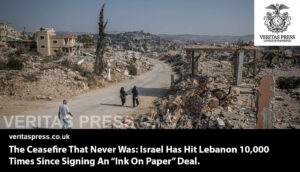





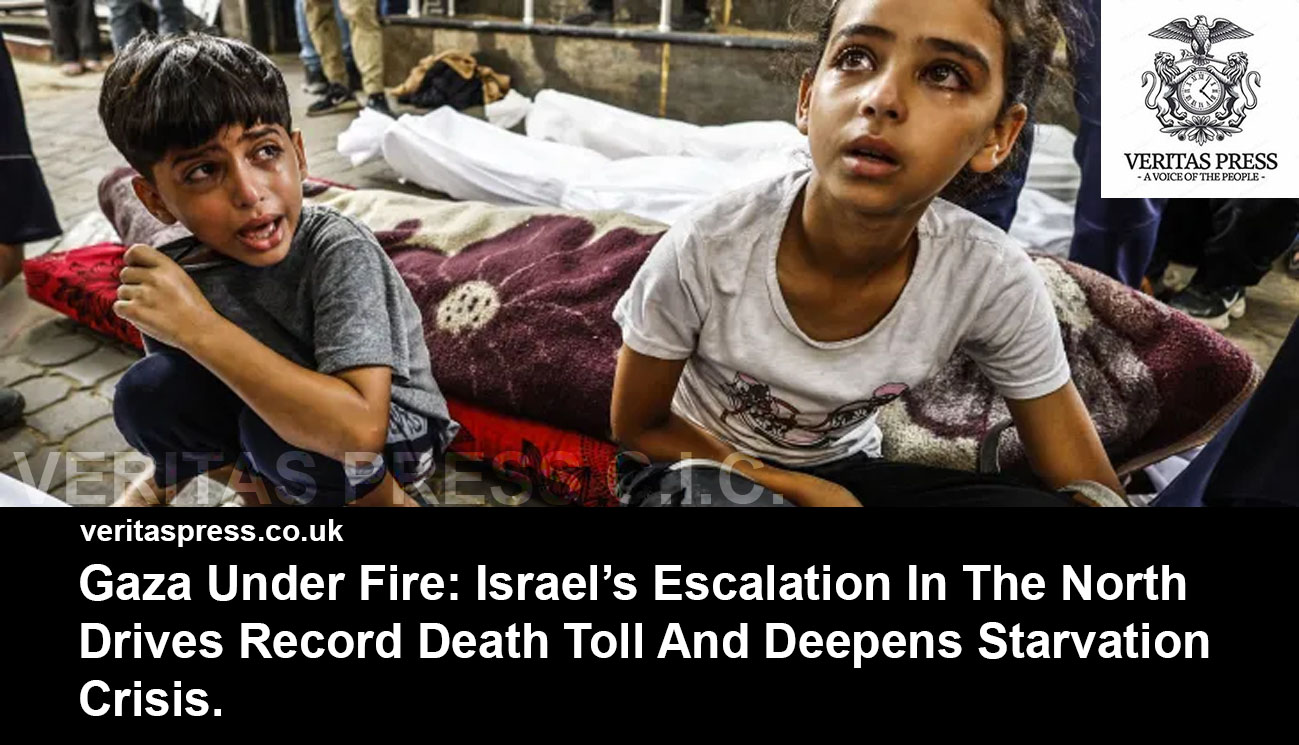
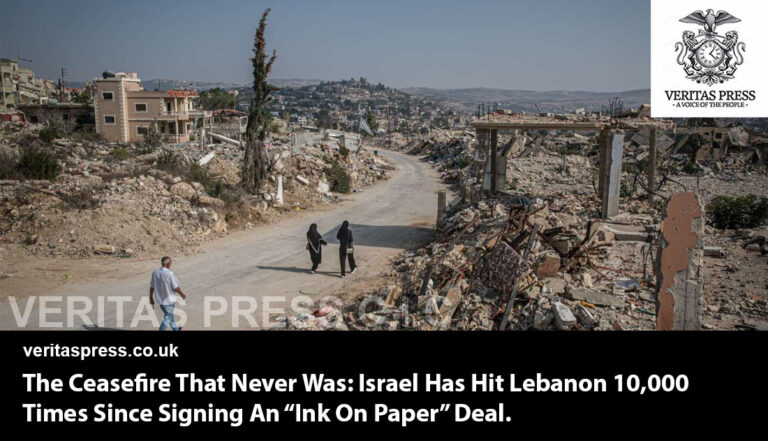
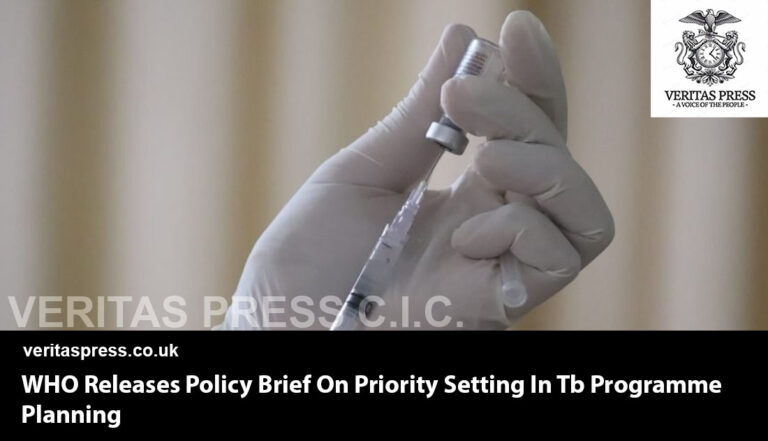

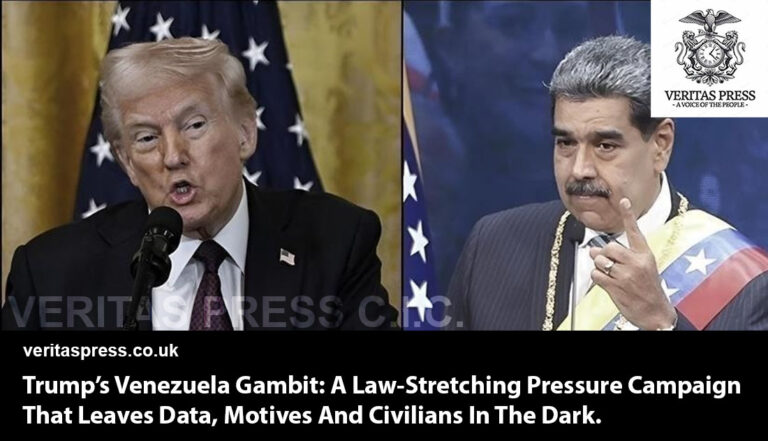


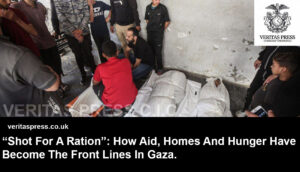
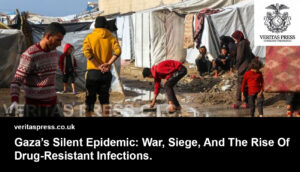
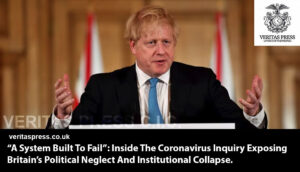
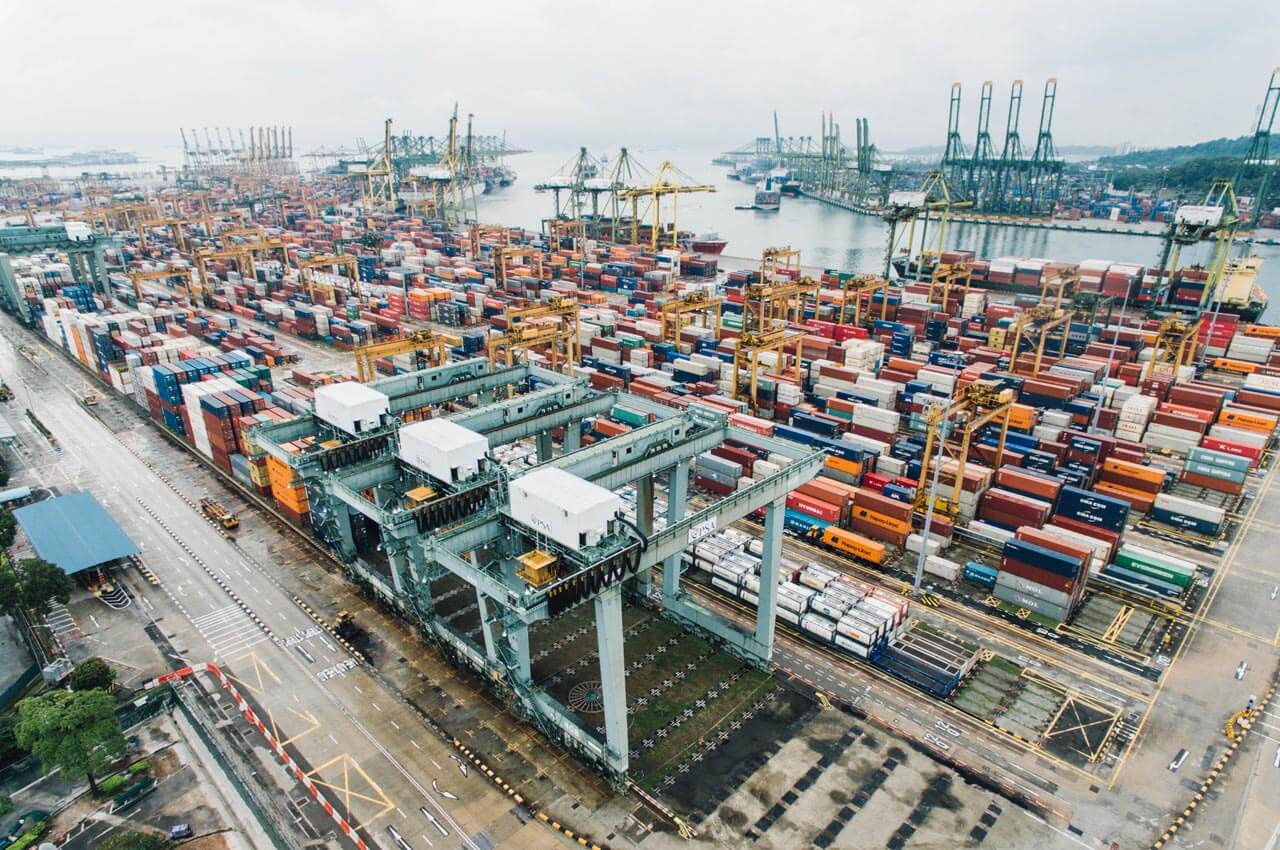



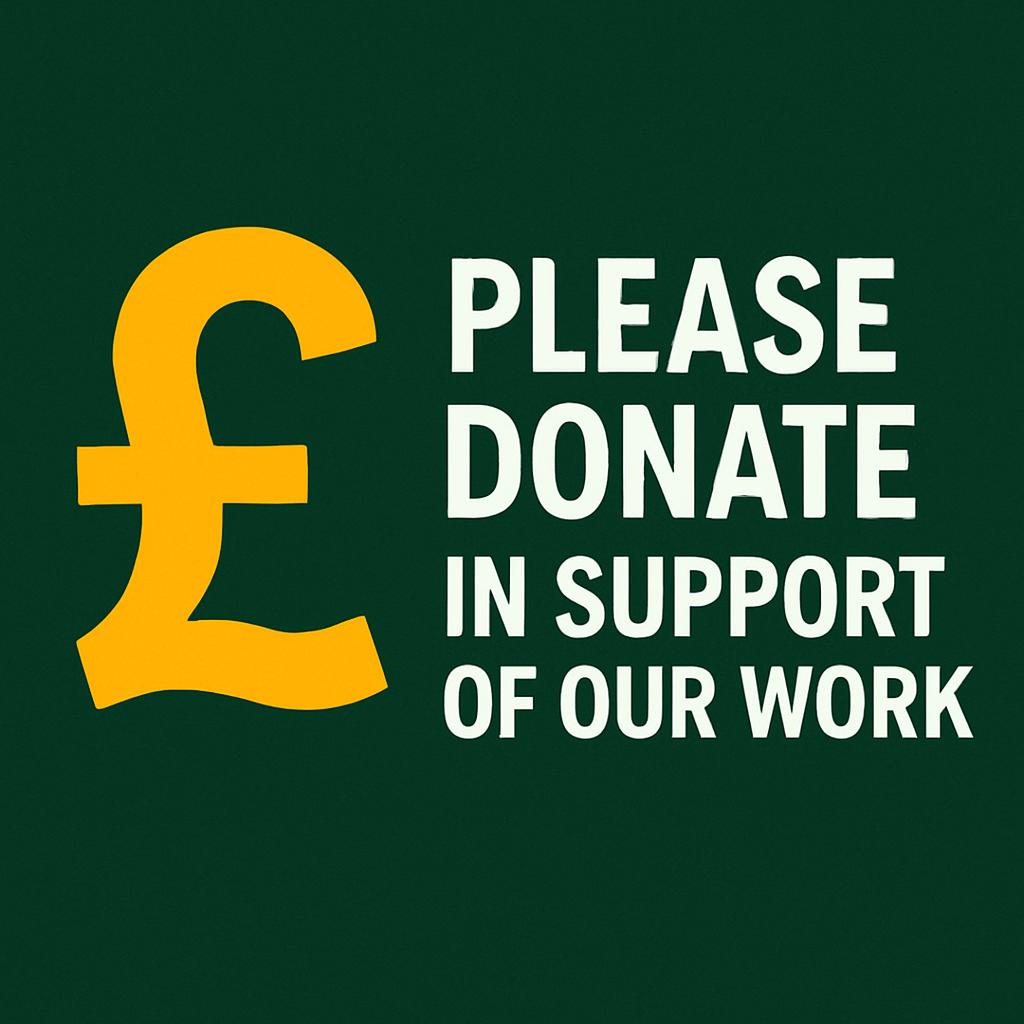





Leave a Reply